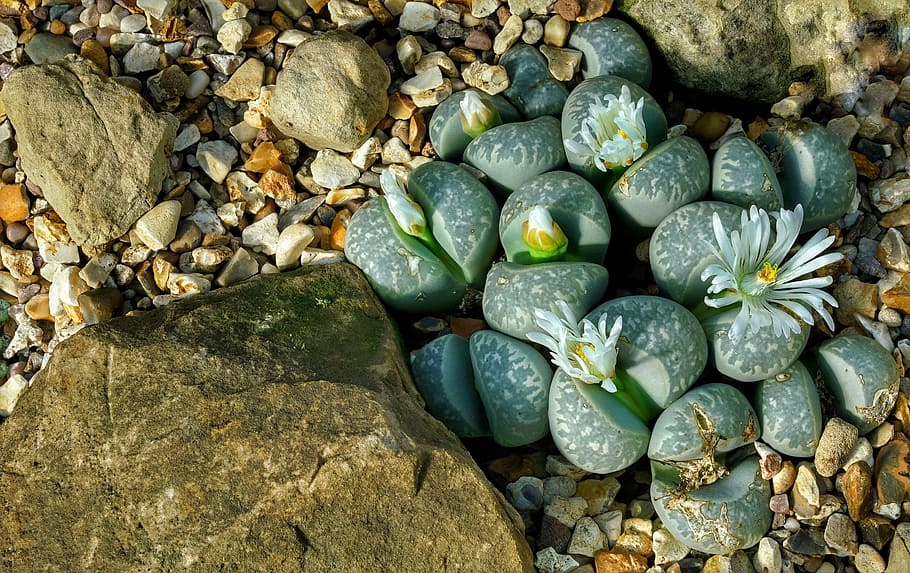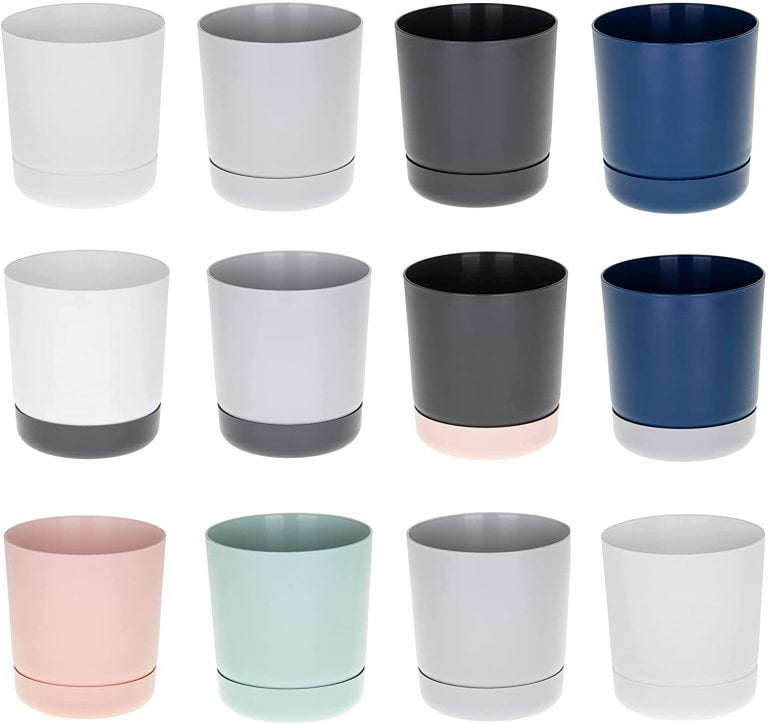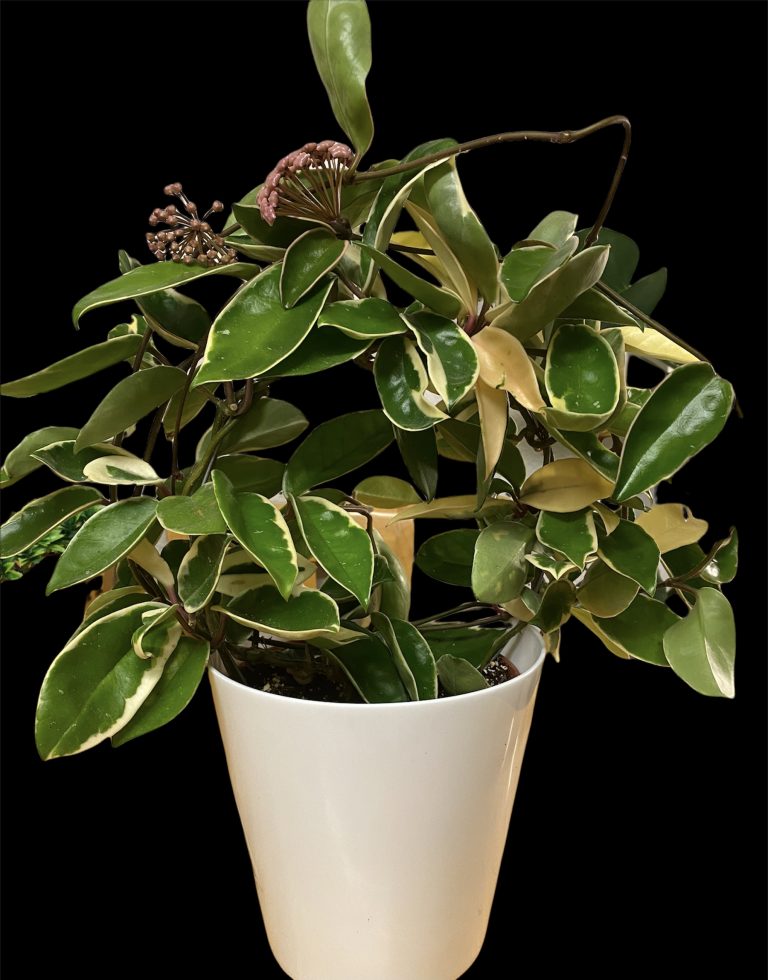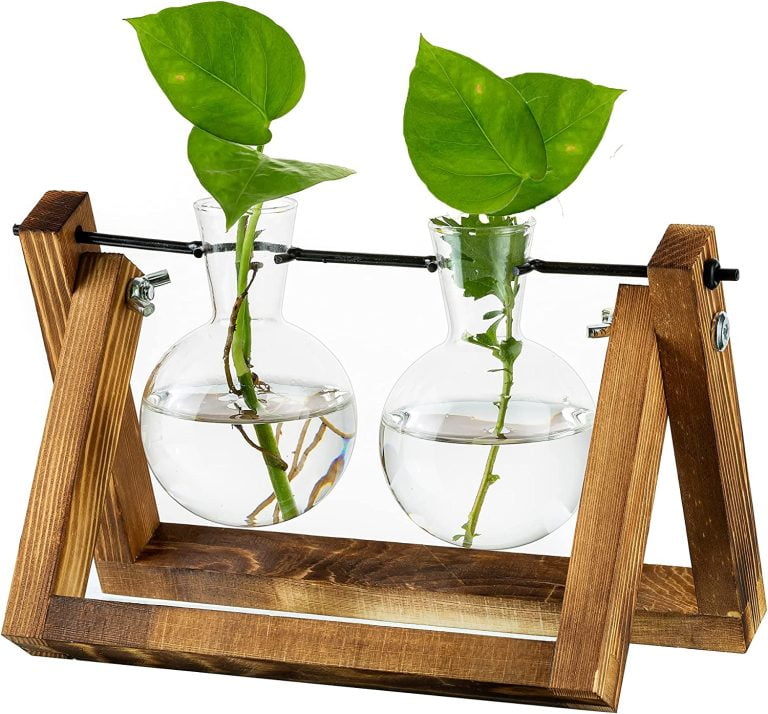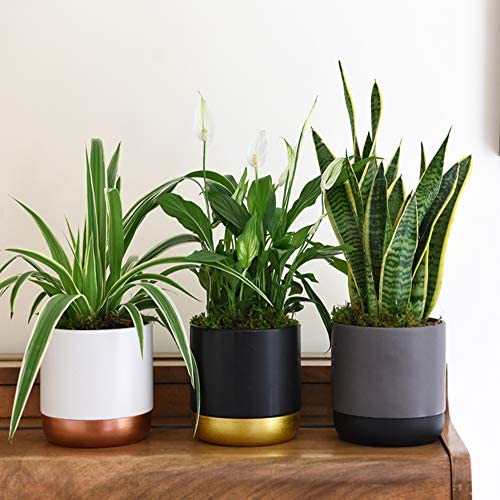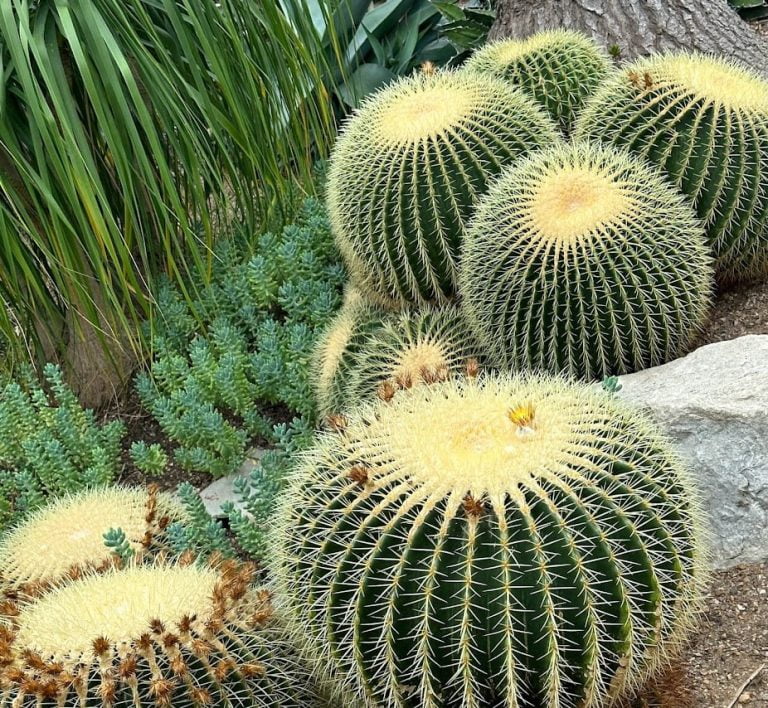Lithops: The Living Stones Unveiled
Lithops, commonly known as “living stones,” are unique and fascinating succulents that resemble small rocks or pebbles. These plants are perfect for anyone looking to add a touch of natural beauty to their indoor or outdoor garden. In this guide, we’ll explore everything you need to know about growing and caring for lithops, and we’ll recommend some top products to help you get started. Whether you’re a seasoned gardener or a succulent newbie, this guide has something for you.


Lithops flower
What Are Lithops?
Lithops are a type of succulent native to the arid regions of Southern Africa. They have evolved to mimic the appearance of stones as a survival strategy, blending into their surroundings to avoid being eaten by herbivores. Lithops are incredibly resilient, requiring minimal water and thriving in full sun. They’re also known for their stunning, daisy-like flowers that bloom in autumn.
How to Grow Lithops
Growing lithops can be a rewarding experience, but they do have some specific needs. Here are the key factors to consider:
Light Requirements: Lithops need plenty of sunlight to thrive. Place them in a sunny windowsill where they can receive at least 5 hours of direct sunlight each day. If growing indoors, you might want to consider a grow light.
Watering: One of the most important aspects of lithops care is proper watering. Overwatering is the most common mistake that leads to their demise. Water sparingly, only when the soil is completely dry, and reduce watering significantly during their dormant period in winter.
Soil: Lithops require well-draining soil to prevent root rot. A cactus or succulent mix is ideal, but you can also make your own by mixing potting soil with sand and perlite.
Potting: Choose a shallow pot with drainage holes to prevent water from accumulating at the bottom. Lithops have a small root system, so a deep pot isn’t necessary.
Temperature: Lithops prefer warm temperatures and can tolerate heat very well. However, they should be protected from frost, so if you live in a colder climate, it’s best to keep them indoors during winter.
Essential Products for Lithops Care
Lithops are a beautiful and unique addition to any plant collection. With the right care and attention, these “living stones” can thrive and bring a touch of the desert to your home. Make sure to equip yourself with the essential products to give your lithops the best possible start.
To successfully grow lithops, having the right tools and products is essential. Here are some top recommendations available on Amazon:
This cactus and succulent potting soil mix is perfect for lithops, ensuring their roots stay healthy and dry.
VIPARSPECTRA LED Grow Light: If your home doesn’t get enough sunlight, this grow light is a great solution to ensure your lithops get the light they need.
TsunNee 3 Inches Ceramic Pots: These stylish, shallow pots with drainage holes are ideal for planting lithops.
ThermoPro TP49 Small Digital Indoor Thermometer : Keep track of the humidity levels in your home to ensure your lithops are in the right environment.
Growlands organic spray fertiliser: It doesn’t need much fertilizer, this gentle formula can provide a nutrient boost during the growing season.
Common Issues and Troubleshooting
Even with the best care, lithops can face some issues. Here’s how to address common problems:
Overwatering: If you notice your lithops becoming soft or translucent, they may be overwatered. Stop watering immediately and allow the soil to dry out completely.
Sunburn: Although lithops love the sun, too much direct sunlight can cause sunburn. If you notice brown spots, move your plant to a location with less intense light.
No Flowers: If your lithops aren’t blooming, it might be due to insufficient light or nutrients. Make sure they’re getting enough sunlight and consider using a mild fertiliser.
Lithops Propagation Technique: A Step-by-Step Guide
Propagating Lithops can be a rewarding experience, but it requires patience and careful attention to detail. Here’s a comprehensive guide to help you successfully propagate Lithops.
1. Seed Propagation
Lithops are most commonly propagated by seeds. This method is straightforward but requires time and patience.
Step-by-Step Process:
- Seed Collection: If you have a flowering Lithops, you can collect seeds from the spent flowers. Alternatively, purchase seeds from a reputable source.
- Sowing Seeds: Fill a shallow container with a well-draining cactus or succulent soil mix. Sprinkle the seeds evenly over the surface, but do not cover them with soil as they need light to germinate.
- Watering: Gently mist the soil with water using a spray bottle. Keep the soil consistently moist but not waterlogged.
- Light and Temperature: Place the container in a bright area with indirect sunlight. Maintain a temperature between 65-75°F (18-24°C).
- Germination: Seeds usually germinate within 2-12 weeks. Keep an eye on them and ensure the soil remains moist during this period.
- Transplanting: Once the seedlings are large enough to handle, usually after several months, they can be carefully transplanted into individual pots.
2. Division
Division is another method of propagation, though it’s less common as it involves separating mature Lithops that have naturally divided.
Step-by-Step Process:
- Selecting the Plant: Choose a mature Lithops that has naturally divided into two or more heads.
- Removing from Pot: Carefully remove the plant from its pot, ensuring not to damage the roots.
- Division: Gently separate the heads, ensuring each division has its own root system.
- Replanting: Allow the divisions to dry out for a day to prevent rot, then plant them in separate pots with a well-draining soil mix.
- Aftercare: Water sparingly until the plants establish themselves.
3. Offsets (Rare Method)
Some species of Lithops may produce offsets, which can be separated and replanted.
Step-by-Step Process:
- Identifying Offsets: Look for small offsets growing alongside the parent plant.
- Separation: Carefully remove the offset with a sterilized knife, ensuring not to damage the parent plant.
- Drying: Allow the offset to dry for a day to form a callus over the cut area.
- Planting: Plant the offset in a small pot with well-draining soil.
- Watering: Wait a week before watering, then resume normal care.
4. Care Tips for Newly Propagated Lithops
- Water Sparingly: Lithops are prone to rot, so water sparingly, especially for young seedlings and offsets.
- Provide Adequate Light: Ensure they receive plenty of bright, indirect sunlight to thrive.
- Avoid Overcrowding: Give each Lithops enough space to grow without competition.
- Monitor Growth: Keep an eye on the growth of your Lithops, adjusting care as needed.
Propagating Lithops can be a slow process, but with patience, you’ll be rewarded with new, healthy plants that mirror the unique beauty of their parent. Whether you’re sowing seeds or dividing mature plants, these techniques will help you expand your Lithops collection successfully.

